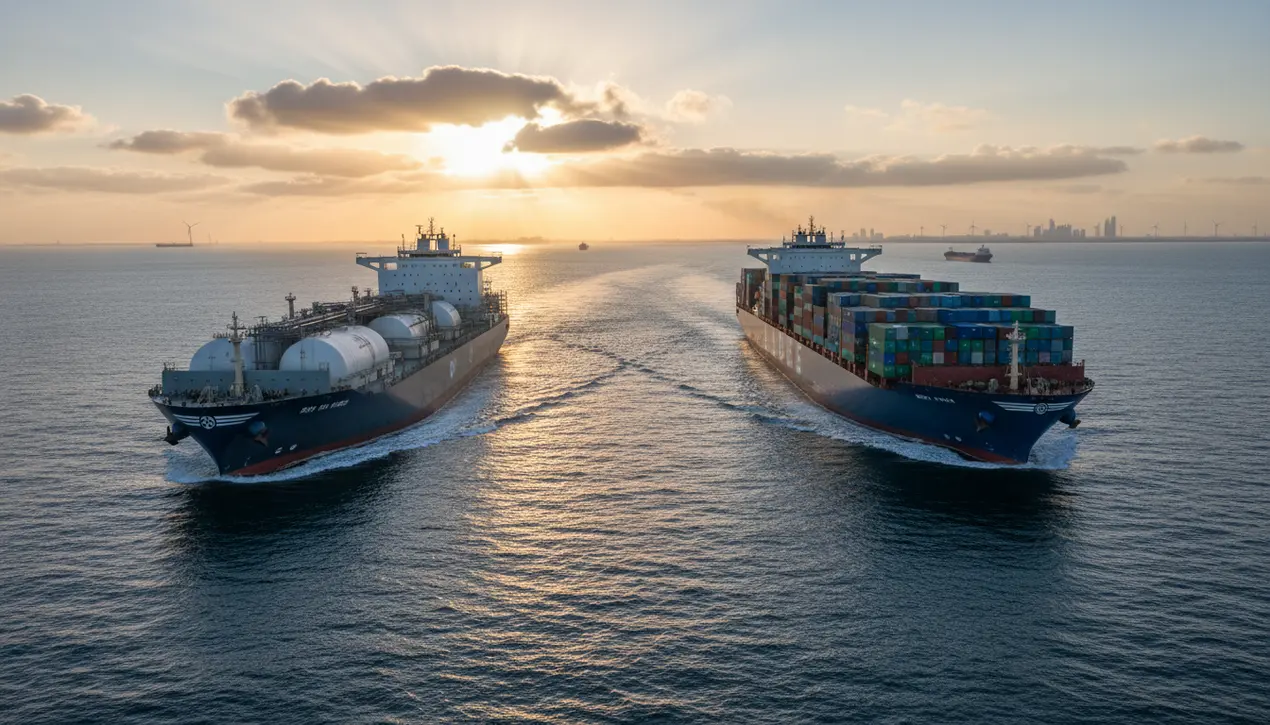
Othertransport & aviationLogistics and Shipping
Singapore and China Partner to Advance Green Shipping Corridor
RA
Rachel Adams
2 hours ago7 min read
The recent partnership forged between Singapore and China to establish a green shipping corridor represents a significant, tangible step in the often-abstract global fight against maritime emissions, a sector historically as difficult to decarbonize as it is vital to our interconnected world. This isn't merely a memorandum of understanding lost in a filing cabinet; it’s a strategic alignment of two maritime titans aiming to transform one of the world's busiest trade routes.Singapore, a port that has long served as the pulsing heart of global maritime logistics, is now aggressively positioning itself as the central nervous system for the industry's green transition, leveraging its unparalleled bunkering infrastructure to champion the shift towards alternative fuels like green methanol and ammonia. Concurrently, China, the world's undisputed shipbuilding leader and a nation grappling with the domestic environmental consequences of its industrial might, brings its colossal manufacturing and technological heft to the table.The corridor’s dual focus—on both digital efficiency and green fuel adoption—is its most potent feature. By integrating smart port technologies, automated logistics, and standardized digital documentation, the initiative seeks to strip out needless fuel burn from idle waiting times and convoluted administrative processes, a silent but persistent source of emissions.The real battleground, however, lies in catalyzing the production, distribution, and bunkering of sustainable fuels, a 'chicken-and-egg' dilemma that has stalled progress for years. Shipowners are hesitant to invest billions in newbuild vessels designed for fuels that aren't readily available, while energy companies are reluctant to build out expensive production and bunkering infrastructure for a fleet that doesn't yet exist.This bilateral corridor attempts to break this deadlock by creating a guaranteed demand corridor and a collaborative ecosystem for innovation, potentially creating a replicable blueprint for other major routes like the trans-Pacific or Europe-Asia lanes. The geopolitical undertones are equally compelling, signaling a shared commitment to climate action that exists independently of the wider tensions between China and Western powers.The success of this venture will be measured not in press releases, but in the gradual greening of the tankers and container ships that traverse this critical artery, setting a new, desperately needed standard for an industry that carries over 80% of global trade and contributes nearly 3% of the world's CO2 emissions. For the fragile marine ecosystems of the South China Sea and beyond, this corridor is more than policy; it's a lifeline.
#Singapore
#China
#green shipping
#maritime decarbonization
#alternative fuels
#supply chain
#editorial picks news
Stay Informed. Act Smarter.
Get weekly highlights, major headlines, and expert insights — then put your knowledge to work in our live prediction markets.
Comments
Loading comments...
© 2025 Outpoll Service LTD. All rights reserved.